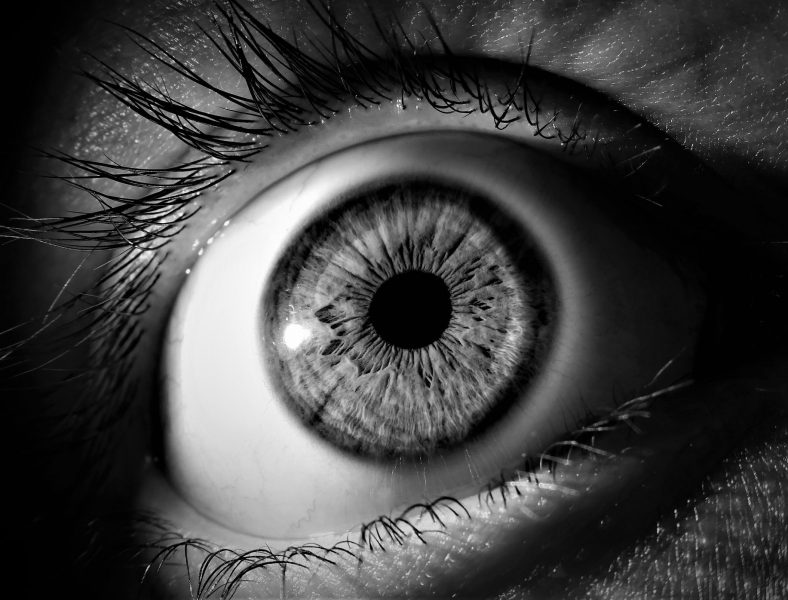The human eye is a marvelous organ that owes its performance to a lot of specialized components. The outermost of those, and seemingly simplest, is the cornea. The German word for it, “Hornhaut” (callused skin) already hints at one key function of the cornea – protection of the eye.
However, actual callus, being as intransparent as it is, would not make for a well-functioning eye. In this respect it is not surprising that the cornea also is an important optical element of the eye. Being the first element in the optical path, the cornea is the eye’s main diffractive element. Anybody that suffers from astigmatism, like the author of this text, can confirm the cornea’s importance for good unaided eyesight.
Severe damage to the cornea leads to blindness, with cornea transplantation from a donor being the only cure so far. However, the transplant is often rejected by the recipient’s immune system or suffers from slow mechanical failure. In consequence, medical measures for direct cornea reconstruction are desired.
Qiongyu Guo and Anirudha Singh from John Hopkins University, Jennifer H. Elisseeff form John Hopkins University and the John Hopkins School of Medicine, and their co-workers report successful assembly of collagen into artificial corneal tissue with the help of cyclodextrin.
To achieve its unique combination of robustness and optical transparency, the collagen in the cornea has to form fibrils of a specific, comparably small diameter that are arranged in a specific spacing. In human development this is controlled by small leucine-rich proteoglycans.
In search for a more straight-forward compound, the researchers screened cyclodextrins of varying size and functionality for their impact on collagen assembly. Strikingly, the addition of β-Cyclodextrin to collagen resulted in transparent and robust materials with a fiber alignment and lamellae resembling native cornea. The cyclodextrin was found to influence collagen assembly and fibril organization by interacting with hydrophobic amino acids.
Cornea implants of matching curvature could be obtained by custom molding in the gelation and vitrification process. In vivo testing of the acellular material in a rabbit model revealed excellent tissue integration and re- epithelialization support.
To learn more about this simple process to engineering corneal mimetic substitutes and other exciting science, please visit the Advanced Functional Materials homepage.

















